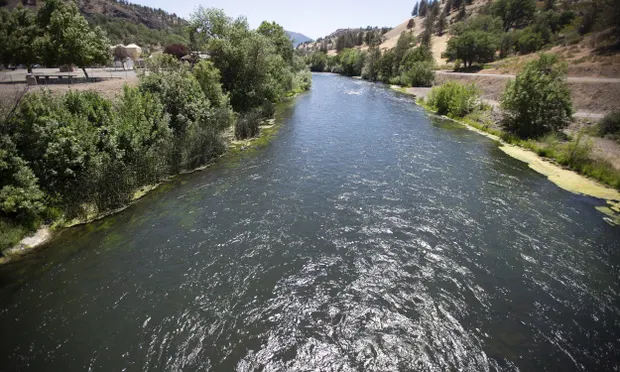An agency in the US seeking to restore habitat for endangered fish has given final approval to decommission four dams straddling the California-Oregon border in what is set to be the largest dam removal undertaking in US history.
Dam removal is expected to improve the health of the Klamath River, the route that Chinook salmon and endangered coho salmon take from the Pacific Ocean to their upstream spawning grounds, and from where the young fish return to the sea.
The US Federal Energy Regulatory Commission issued an order surrendering the dam licenses and approving the removal of the dams.
The project has long been a goal of several Native tribes whose ancestors have lived off the salmon for centuries but whose way of life was disrupted by European settlement and the demand for rural electrification in the 20th century.
Read also: COP27 president expresses concerns over slow negotiations
“The Klamath salmon are coming home,” Joseph James, chairman of the Yurok tribe, said in a statement. “The people have earned this victory and with it, we carry on our sacred duty to the fish that have sustained our people since the beginning of time.”
Climate change and drought have also stressed the salmon habitat; the river has become too warm and too full of parasites for many fish to survive.
The dams on federal land, which at full capacity provide enough electricity for 70,000 homes, will be surrendered by the power utility PacifiCorp, a unit of Warren Buffett’s Berkshire Hathaway.
Faced with costly new regulations that included building fish screens and ladders, the company instead entered an agreement with the tribes and the US government to decommission the dams.
PacifiCorp is contributing $200m toward dam removal, paid for by a surcharge on its customers in Oregon and California, said Bob Gravely, a company spokesperson, and California voters approved a bond measure for the state to provide an additional $250m.
Story adapted from the Guardian.
